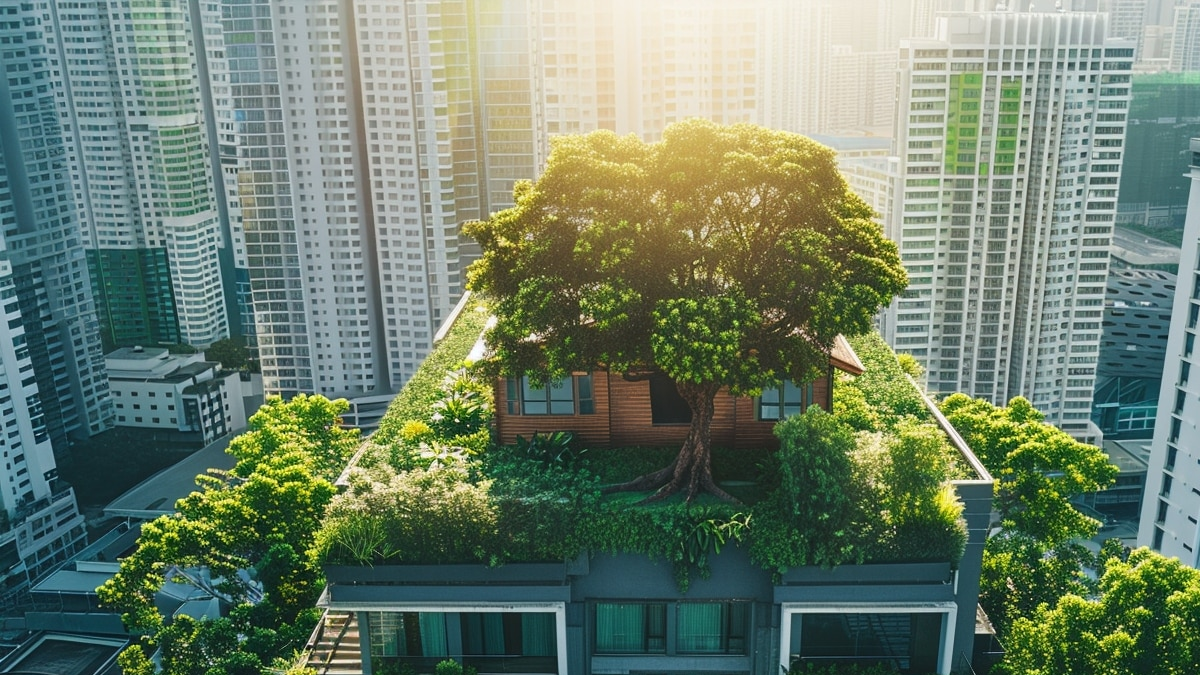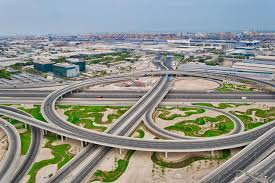
Expo 2020 Dubai was not just an event; it was a promise — a promise to build a better, greener, and more sustainable future. Two years after the world’s attention turned to the UAE for this historic event, its eco-friendly legacy continues to shape the country’s path toward a sustainable tomorrow.

Expo 2020 was designed with sustainability at its core. From the very beginning, the event aimed to demonstrate how cities of the future could reduce carbon emissions, save water, recycle waste, and promote clean energy. Today, its legacy lives on through the creation of District 2020 — now renamed Expo City Dubai — a smart, green city that carries forward the ideas and technologies first introduced at the Expo.
Expo City Dubai is a model for future urban living. It is being developed as a zero-carbon, waste-free, and pedestrian-friendly city. Solar panels cover many of its buildings, producing clean energy to power homes and offices. Recycled water is used for irrigation and cleaning, while green spaces filled with plants help reduce heat and improve air quality.

One of the biggest successes of Expo 2020’s sustainability plans is its focus on renewable energy. The event featured over 100,000 square meters of solar panels, generating enough power to run the site’s buildings during and after the Expo. Even after the event ended, these solar farms continue to supply clean energy to the grid, reducing the UAE’s dependence on fossil fuels.
In addition, Expo 2020 introduced new ideas in waste management. During the event, more than 85% of waste was recycled, reused, or composted. This not only reduced the landfill load but also taught visitors and companies about the importance of a circular economy — where materials are continuously reused instead of being thrown away.
Water conservation was another important part of the legacy. Smart systems collected and filtered rainwater and treated greywater from buildings, which was then used for landscaping. These systems are now permanent features of Expo City Dubai, showing how cities can reduce their demand for fresh water in desert climates like the UAE’s.
Several buildings from the Expo are certified as LEED Platinum, the highest rating for environmentally-friendly buildings. One famous example is the Sustainability Pavilion (Terra) — now serving as a science center for students and visitors interested in learning about the environment.
This pavilion produces all its energy and water needs on-site and is designed to operate with zero waste. It uses solar panels shaped like “energy trees” that follow the sun to absorb maximum energy, while underground systems cool the building naturally without heavy air conditioning. These features make it one of the most sustainable buildings in the world.
Other Expo buildings have been repurposed into offices, labs, and homes, reducing the need for new construction and saving resources. By reusing structures, Expo 2020 has set an example for how major global events can leave a positive, lasting footprint.
The legacy of Expo 2020 is not limited to its site. It has inspired green development projects all across the UAE. For example:
Educational programs that began during Expo 2020 have also continued. Schools, universities, and organizations now regularly teach sustainability topics, encouraging young people to think about their environmental impact.
Expo City Dubai is now home to businesses, start-ups, and international companies focusing on clean technology, renewable energy, and green innovation. The area is designed as a 15-minute city — where residents can walk or cycle to work, school, parks, and shops within 15 minutes — reducing the need for cars and pollution.
The city will also be powered by a 5G smart network, controlling everything from traffic to energy use for maximum efficiency. Artificial Intelligence (AI) and the Internet of Things (IoT) help to manage resources wisely, making sure that water, energy, and waste are minimized.
This futuristic design offers a real-life example of what the world’s eco-friendly cities might look like in the coming decades.
Expo 2020’s greatest success may not be the number of visitors it attracted or the records it set — but its lasting green impact on the UAE. By proving that sustainability and innovation can go hand in hand, the Expo has set a strong example for cities worldwide.
The UAE is now seen not just as a hub of oil wealth, but as a leader in clean energy, smart technology, and environmental responsibility. The seeds planted at Expo 2020 are growing into a green future — and the world is watching.
Read More:- Shobha Realty Launches Its Most Luxurious Project Yet—Full Details Inside 2025
